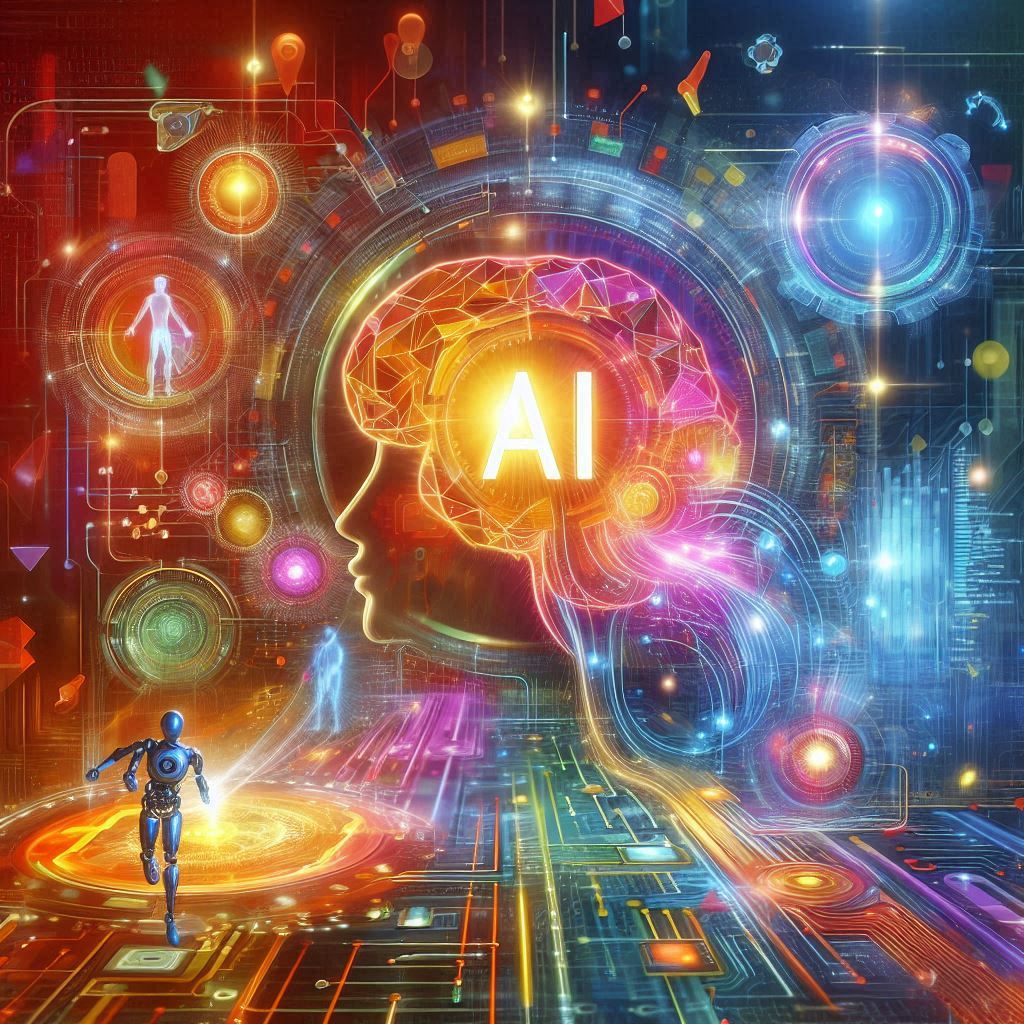Starting in the field of AI and machine learning can seem overwhelming, but with a structured approach, you can build a strong foundation. Here’s a step-by-step guide to get you started:

1. Learn the Basics of Python
- Why: Python is the primary language for AI/ML, so you need to be comfortable with its syntax and basic features.
- What to Learn:
- Syntax and basic programming concepts (variables, loops, conditionals)
- Functions and modules
- Data structures (lists, dictionaries, sets, tuples)
- File handling and exceptions
- Resources:
- Books: “Python Crash Course” by Eric Matthes
- Online Courses:
2. Master Python Libraries for Data Science
- Why: Data manipulation and analysis are crucial in AI/ML. These libraries are the foundation of any AI/ML project.
- What to Learn:
- NumPy: For numerical computing and handling arrays.
- Pandas: For data manipulation and analysis.
- Matplotlib & Seaborn: For data visualization.
- Resources:
- Books: “Python for Data Analysis” by Wes McKinney
- Online Courses:
3. Build a Strong Foundation in Mathematics
- Why: AI and machine learning rely heavily on mathematical concepts, especially linear algebra, calculus, and probability.
- What to Learn:
- Linear Algebra: Vectors, matrices, and operations on them.
- Calculus: Derivatives and integrals, particularly for optimization.
- Probability & Statistics: Basics of probability, distributions, hypothesis testing.
- Resources:
- Books: “Mathematics for Machine Learning” by Marc Peter Deisenroth
- Online Courses:
4. Learn Core Machine Learning Concepts
- Why: Understanding the principles of machine learning is crucial for building and applying models.
- What to Learn:
- Supervised Learning: Linear regression, logistic regression, decision trees.
- Unsupervised Learning: Clustering, principal component analysis (PCA).
- Overfitting/Underfitting: Regularization, cross-validation.
- Resources:
- Books: “Hands-On Machine Learning with Scikit-Learn, Keras, and TensorFlow” by Aurélien Géron
- Online Courses:
5. Start Experimenting with Projects
- Why: Practical experience is key to solidifying your understanding and building a portfolio.
- What to Do:
- Start with simple projects like predicting house prices, classifying images, or analyzing sentiment in text.
- Participate in Kaggle competitions to test your skills against real-world problems.
- Resources:
- Project Ideas:
- Predicting prices using linear regression
- Handwritten digit recognition using neural networks
- Analyzing movie reviews for sentiment analysis
- Kaggle: Kaggle Competitions
- Project Ideas:
6. Dive Deeper into Machine Learning Frameworks
- Why: These frameworks will allow you to build complex AI/ML models more efficiently.
- What to Learn:
- Scikit-Learn: For basic machine learning algorithms.
- TensorFlow & Keras: For building deep learning models.
- PyTorch: Another popular deep learning framework, often used in research.
- Resources:
7. Explore AI Specializations
- Why: AI is a broad field with various specializations. You may want to focus on areas like natural language processing, computer vision, reinforcement learning, etc.
- What to Learn:
- Natural Language Processing (NLP): Sentiment analysis, chatbots, translation.
- Computer Vision: Image recognition, object detection, image generation.
- Reinforcement Learning: Algorithms like Q-learning, policy gradients.
- Resources:
8. Join the AI/ML Community
- Why: Being part of a community helps in learning, networking, and staying updated with the latest trends.
- What to Do:
- Join forums like Reddit’s r/MachineLearning, AI Stack Exchange.
- Attend AI/ML webinars, conferences, and meetups.
- Follow AI researchers and practitioners on Twitter and LinkedIn.
9. Build a Portfolio
- Why: A strong portfolio will showcase your skills to potential employers or collaborators.
- What to Include:
- Projects you’ve worked on, with clear explanations of your approach.
- Contributions to open-source projects.
- Blog posts or tutorials explaining AI/ML concepts.
10. Keep Learning and Stay Updated
- Why: AI/ML is a fast-evolving field, so continuous learning is essential.
- What to Do:
- Follow research papers and blogs.
- Experiment with new tools and techniques.
- Take advanced courses as you progress.
By following this roadmap, you’ll build a strong foundation in AI and machine learning, setting yourself up for a successful career in the field. Start small, stay consistent, and gradually expand your knowledge and skills.
